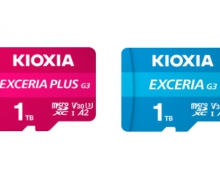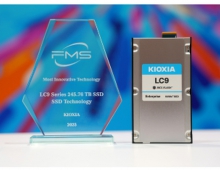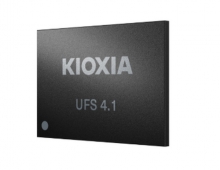
Kioxia Unveils 162-layer BiCS 6 NAND Memory and a Prototype PCIe 5.0 Solid State Drive up-to 30TB
Kioxia has revealed a prototype PCIe 5.0 SSD on WeChat in China. It's twice as fast, with sequential read and write rates of up to 14 GB/s and 7 GB/s, respectively. It also has Kioxia's new 162-layer bics 6 memory.
This is a 103 percent and 67% performance increase over existing PCIe 4.0 solutions. The prototype was a server SSD named CD7. In terms of capacity, it will range from 1.6 TB to 30 TB, with one to three drive writes each day. Unlike the CD5 and C6, the CD7 has an eight-channel memory controller.
The FL6 is the next-generation model of the CM6. Because of its high endurance (60 drive writes per day) and large storage capacity (ranging from 800GB to 3.2TB), this PCIe 4.0 SSD is primarily suitable for processing demanding read and write workloads. If you compare it to its predecessor, it is 7 percent and 135 percent faster in both random reading and writing than the previous version. "Xpoint," as Kioxia refers to its FL6 SSD, is a reference to the 3D XPoint products from Intel and Micron, respectively. These solid-state drives (SSDs) are marketed by Intel under the Optane brand name and are intended to serve as a transitional step between DRAM and NAND memory.
Bics 6 memory is an excellent beginning. It has a total of 162 layers. It becomes more difficult to scale when there are a large number of layers, however Kioxia claims that this has been handled by making each layer itself smaller. As a result, the amount of data has increased in density. For this iteration, the power circuit is also moved under the chip rather than next to it, which improves efficiency. A bics 6 chip would be 40% lower in size when compared to a bics 5 chip.





















